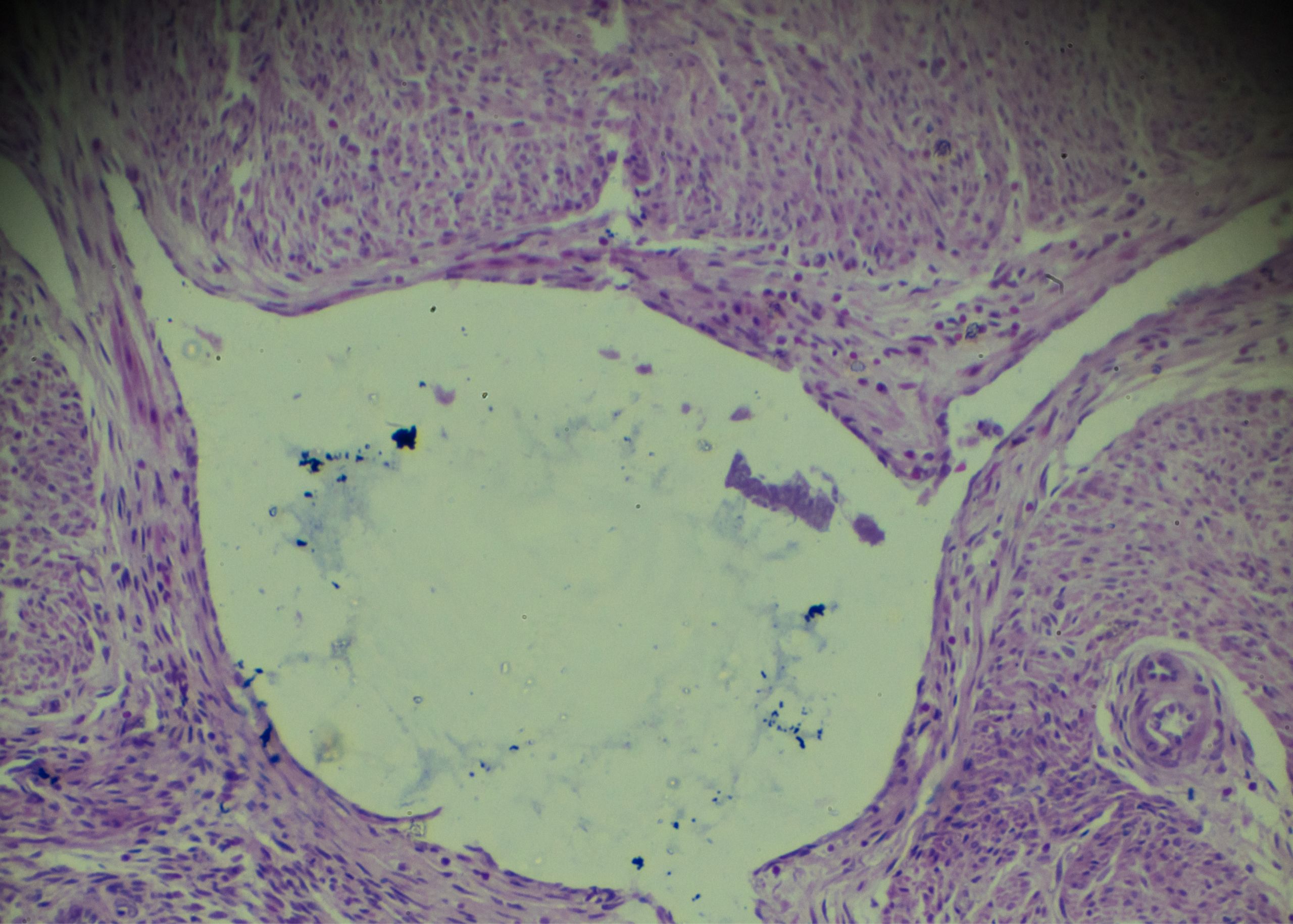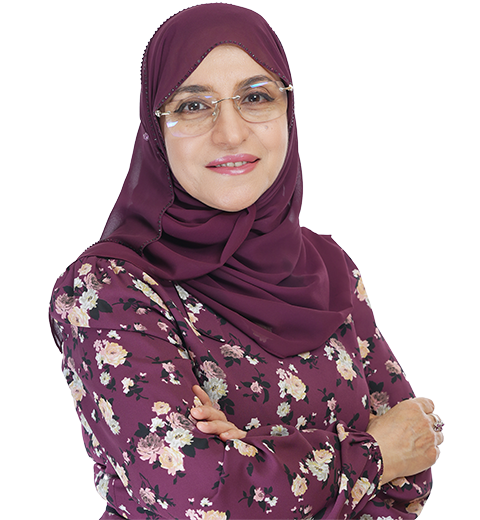What is Adenomyosis?
Adenomyosis is a condition in which the inner lining of the uterus (the endometrium) breaks through the muscle wall of the uterus (the myometrium). The tissue that breaks through is called ectopic tissue. It continues to act as it normally would—it thickens, breaks down, and bleeds with each menstrual cycle. Because there’s no way for this blood to exit your body, it gets trapped. This can cause your uterine walls to thicken, which can cause pain and heavy periods. Adenomyosis can also cause bloating and cramping in your abdomen.
What are the Symptoms
The symptoms of Adenomyosis include,
- Severe menstrual cramps
- Heavy or prolonged bleeding during periods
- Pain during sex
- Bleeding between periods (not spotting)
- Pelvic pain/pressure at other times of the month, especially while moving around and being active (like running or jumping)
- It can also lead to bladder pressure, constipation, and uterine enlargement
However, it’s not clear why these symptoms happen with Adenomyosis. You should visit a Gynecologist if any of these things are happening to you or if they seem to be getting worse over time.
What Causes Adenomyosis?
While the exact cause of Adenomyosis is unknown, some factors may affect your risk of developing it. These include:
- Your Age: Adenomyosis is most common in women between 40 and 50 years old.
- Past Uterine Surgery: Having a cesarean delivery or other types of uterine surgery such as surgery for treating uterine cancer may increase your risk of developing Adenomyosis.
- Endometriosis: Women with endometriosis have an increased risk for Adenomyosis.
Other risk factors include family history, cervical cancer or uterine cancer treatment, pelvic inflammatory disease (PID)
Who is at Risk?
Adenomyosis most often affects women in their later reproductive years—the average age of diagnosis is 47, but you can be diagnosed at any age, even as early as puberty. Women who have had uterine surgery, women who have had many pregnancies, women who have had children at a young age, and women with endometriosis are at a higher risk of developing Adenomyosis.
How is Adenomyosis Diagnosed?
Your Obstetrician and Gynecologist will start by asking you about your symptoms and medical history, perform a physical exam, perform additional tests and procedures, and analyze all information to see if Adenomyosis is the most likely diagnosis.
Physical Examination: Your Gynecologist will start by performing a pelvic exam to check for abnormalities or tenderness in your uterus. They will also check for abnormalities in your uterus’ size, shape, and position, which can sometimes help rule out other possible causes of your symptoms.
Ultrasound: This test uses sound waves to create images of internal structures such as organs and blood vessels. A handheld device called a transducer sends sound waves into the body during an ultrasound. The transducer collects information about the echoes that come back and sends this information to a computer, which interprets it and creates an image of the inside of your body.
Magnetic Resonance Imaging (MRI): MRIs use radio waves, magnets, and a computer to create images of body structures. This test can help your doctor determine the location and severity of the endometrial tissue in your uterus.
Uterine Biopsy: During this test, a doctor takes a sample of uterine tissue so they can examine it under a microscope. The two common types of biopsy are endometrial biopsy and hysteroscopy with dilation and curettage (D&C).
Hysteroscopy: During this procedure, a surgeon inserts a small telescope through your vagina into your uterus to examine it more closely. A hysteroscopy can help your doctor determine whether you have Adenomyosis or endometriosis.
What is the Best Treatment for Adenomyosis?
If you have been diagnosed with Adenomyosis, your doctor will likely recommend lifestyle changes like exercise and dietary changes. However, suppose these steps are not enough to alleviate your symptoms. In that case, there are several treatments available to help manage your condition, including,
Hormone Therapy: Hormone therapy can be taken in pill or patch form to reduce uterine swelling and loosen fibrous growths. This treatment can also help to decrease menstrual bleeding.
Pain Medication: Pain medication such as NSAIDs or opiates can be used to manage pain caused by Adenomyosis.
Uterine Artery Embolization: Uterine artery embolization is a minimally invasive procedure that involves blocking off blood vessels supplying the uterus, thereby shrinking fibrous tissue growths.
Surgery: Surgery may be an option for women who wish to become pregnant in the future and who have not responded well to other treatments, including hormone therapy and embolization procedures. A surgical procedure known as endometrial ablation can also be used to reduce heavy bleeding associated with Adenomyosis.
Can you Get Pregnant with Adenomyosis?
It is possible for women with Adenomyosis to become pregnant. However, it can be more challenging since Adenomyosis increases the risk of miscarriage. Suppose you have Adenomyosis and are trying to get pregnant. In that case, it is essential to work closely with your Obstetrician and Gynecologist and be aware of your body’s reactions to treatments to seek help sooner rather than later if you encounter a problem that needs attention.
Does Adenomyosis Cause Infertility?
Adenomyosis can affect your ability to get pregnant and increase your infertility risk. Some women are only diagnosed with Adenomyosis after they’ve struggled to conceive. Fortunately, there are ways to manage this condition and improve your chances of getting pregnant if you’re trying to conceive.
With early recognition, timely treatment, and simple lifestyle modifications, you can prevent Adenomyosis. The first step in determining the best treatment options is to understand the disease and what it is, so we hope that you share this information with your female family members and friends. If you are having difficulty getting pregnant and suspect your problem is physical or hormone-related, talk to your Gynecologist as soon as possible.









































